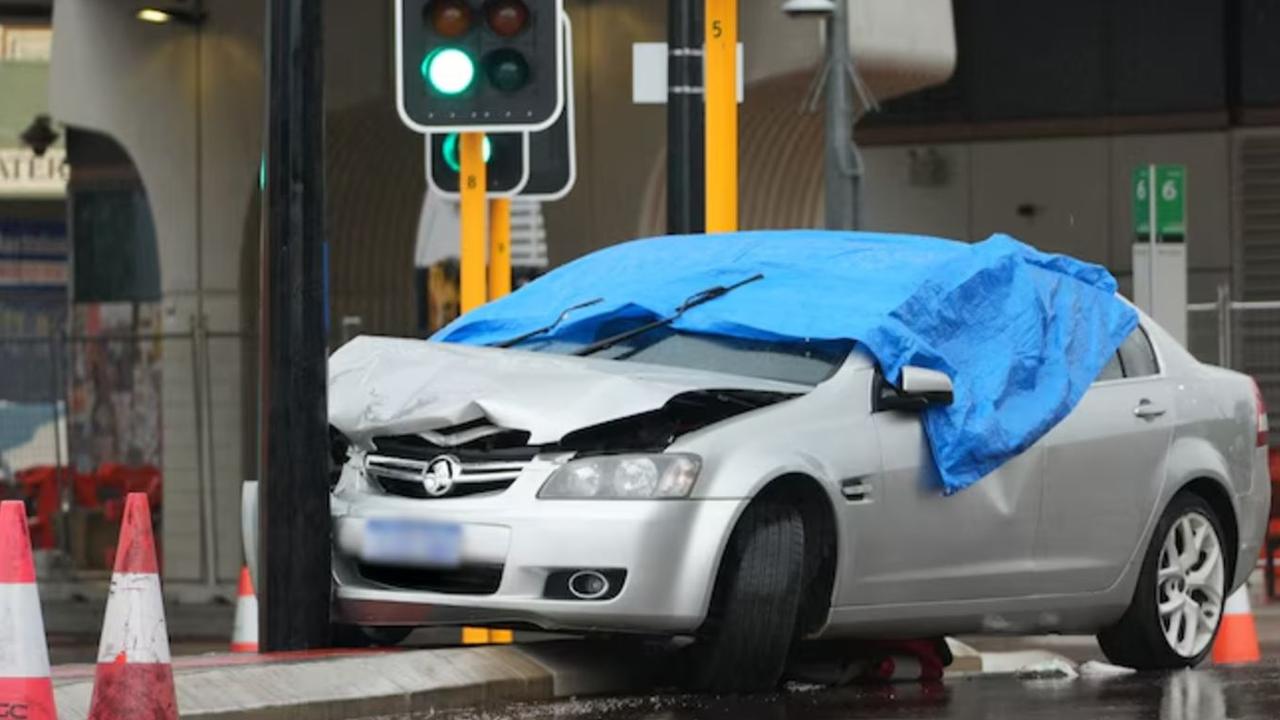Andrew Mallard, Australian who spent 12 years in jail for wrongful murder conviction, killed in US
A WA man who spent 12 years in jail for a murder he did not commit has tragically died in a hit-and-run in Los Angeles at the age of 56.
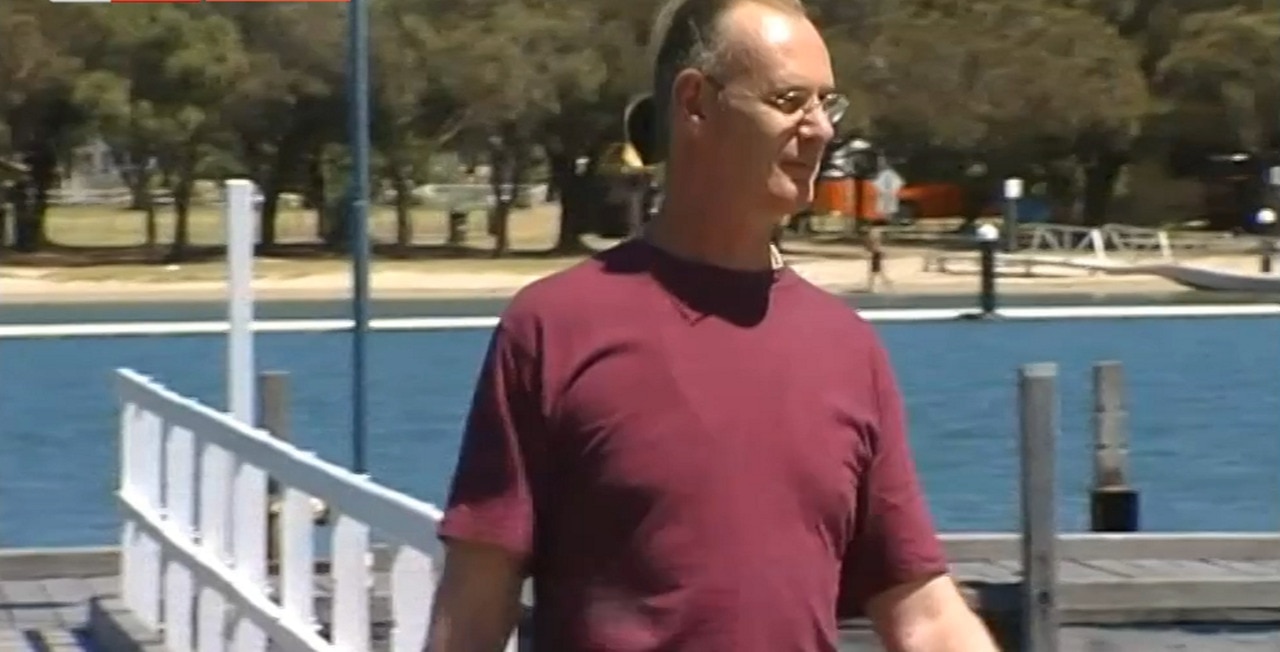
A man who was wrongfully jailed for murder in Western Australia has been killed in the US in an apparent hit-and-run.
Andrew Mallard was imprisoned for 12 years over the 1994 death of jeweller Pamela Lawrence but had his conviction quashed by the High Court in 2005 and was freed in 2006.
A spokesman for the WA government confirmed Mr Mallard had been killed on Hollywood’s iconic Sunset Boulevard.
Mr Mallard’s sister Jacqui Mallard told The Australian the family is “heartbroken”.
“He suffered injustice and spent almost 12 years in prison for something he didn’t do,” she said.
“Those years were taken from him and now his life has been taken. We are heartbroken.”
It’s understood Mr Mallard had been visiting his fiancee in Los Angeles, and they had been looking forward to getting married.
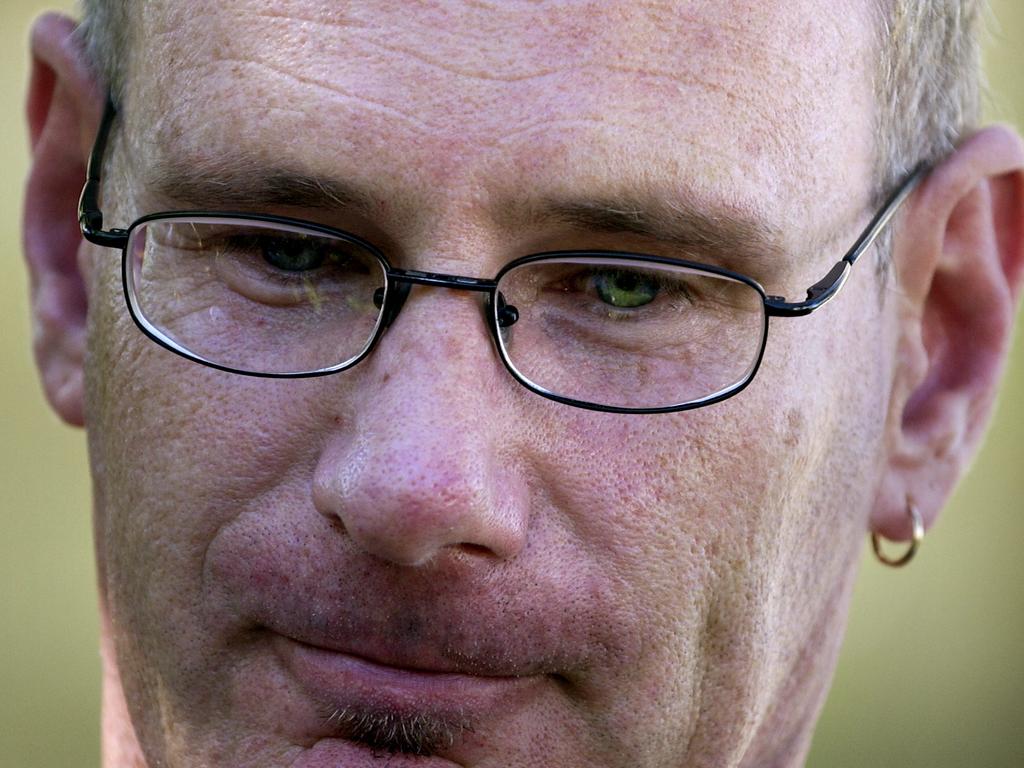
“I’m terribly saddened by this tragedy,” Attorney-General John Quigley, who led the fight to overturn the wrongful conviction, said in a statement on Friday.
“It’s just fortunate that he got to spend 13 years of freedom after so much time wrongfully imprisoned.”
A WA Police spokesman said: “We have notified Mr Mallard’s family in Western Australia and we extend our condolences to them at this difficult time”.
Mr Mallard’s father Roy died of cancer while his son was wrongfully imprisoned.

Los Angeles detectives are scouring Hollywood businesses and homes near the busy corner of Sunset Blvd and Formosa Avenue for camera footage to identify the hit-and-run driver who struck and killed Mr Mallard around 1.30am on Thursday.
“The victim was crossing the street and was struck by a vehicle and the driver failed to render aid,” LAPD spokesman Mike Lopez told AAP.
“We do not have a description of the vehicle. It’s a felony hit and run, which is a big crime here.”
The LAPD also called on members of the public who witnessed the crash or know the identity of the driver to contact its West Traffic detectives department.
A reward of up to $US25,000 ($A35,000) is available for information leading to the offender’s identification, apprehension and conviction.
Mr Mallard had been living in the UK but frequently visited the US.
WRONGFUL CONVICTION CASE
According to an episode of true crime podcast Casefile about the Pamela Lawrence murder, the Mallard family left England in 1967 and moved to Perth.
As a child Mr Mallard had difficulty fitting into his new country, being unusually tall and having a foreign accent making him a target for school bullies.
He left school at 16, and in his late teens and early twenties began suffering from extreme anxiety and panic attacks, and eventually found himself unemployed and homeless.
In 1995, Mr Mallard was convicted of the May 1994 murder of Perth jewellery store owner and mother-of-two Pamela Lawrence.
Ms Lawrence was found by her husband laying in a pool of blood with severe headwounds when he had gone to the store to check on her after she failed to come home on time. She was rushed to hospital but died from her injuries on the way.

A witness driving past around the time of the murder had described a tall man standing in the jewellery store, which led police to immediately suspect Mr Mallard, who had been arrested for a break-in at an apartment on the day of the murder.
Mr Mallard admitted he broke into the apartment of his friend Michelle’s ex-boyfriend, saying he only wanted to take back items that belonged to Michelle.
Detectives investigating the murder became even more convinced Mr Mallard was the killer when they found out he had gone to a psychiatric hospital for a 28-day mental health assessment as advised by the judge when he had attended court for the break-in charge.
Unable to produce an alibi for the time of Pamela Lawrence’s murder, having been in the Mosman Park neighbourhood that day, and following two long interrogations with police, he was eventually arrested and charged with the murder of Pamela Lawrence.

After a two-week trial Mr Mallard was found guilty and sentenced to 20 years non-parole.
This was despite the lack of forensic evidence, a murder weapon or any other proof.
Journalist Colleen Egan, who had been covering the case noticed some red flags that indicated there had been a miscarriage of justice. Ms Egan, along with a high-profile legal team fought for years to exonerate Mr Mallard.
A high court decision eventually saw the charges dropped and he was free to walk out of prison in February 2006.

A review of the case led investigators to consider Mrs Lawrence’s likely killer was British backpacker Simon Rochford, who was serving time for killing his girlfriend Brigitta Dickens in July 1994. He committed suicide in an Albany jail in 2006, one week after police interviewed him about the murder.
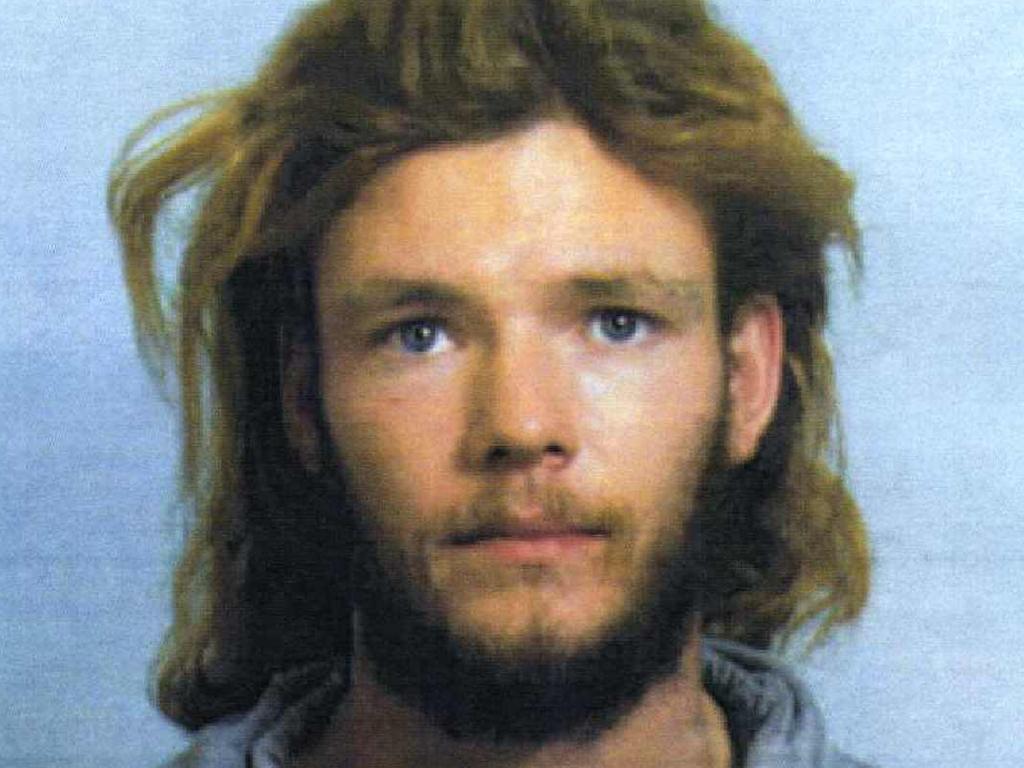
The initial investigation and Mr Mallard’s wrongful conviction were the subjects of a Corruption and Crime Commission inquiry.
It was found that police had withheld vital information from Mr Mallard’s defence team.
Two assistant police commissioners, Mal Shervill and David Caporn, were forced to step down from their jobs.
In 2009 Mr Mallard was given a $3.25 million ex gratia payment for his time behind bars after lengthy negations with the state government.
Mr Mallard had sought $7.5 million, and said at the time he was “extremely disappointed” in the result.
On the day we walked from Casuarina prison... Andrew Mallard, a free innocent man, wore Buddhist beads. May he find a next life that is kinder. RIP pic.twitter.com/PaW37P52vR
— Colleen Egan (@ColleenEgan1) April 19, 2019
In a 2010 episode of Australian Story on ABC Mr Mallard said he felt many people still believed he was guilty even after he was exonerated.
“I was wrongfully imprisoned. There’s a stigma that goes with that and still goes with that,” he told the program.
“I know what they did to me and it’s the truth. They framed me for a murder I did not commit.”
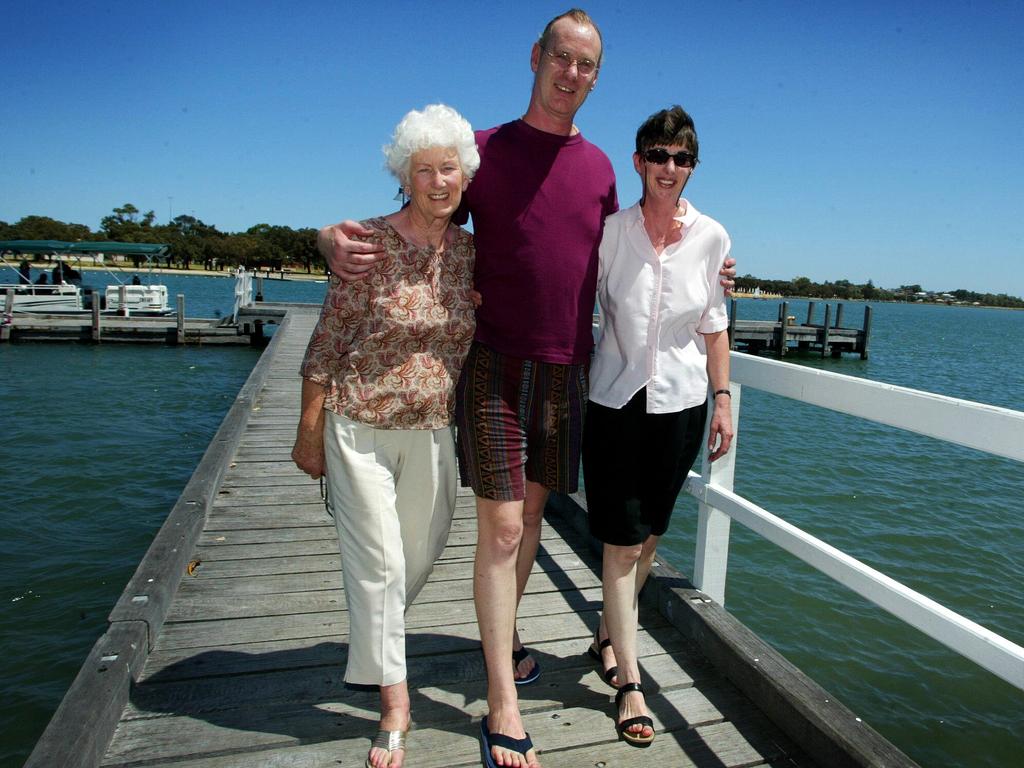
Ms Egan told the program “a cruel twist of fate” saw Mr Mallard wrongfully convicted.
“It was just a matter of fact that there were police who were willing to act dishonestly,” Ms Egan said.
“There was a prosecutor willing to run a case that wasn’t quite right, and there were three judges who refused to believe it when evidence was put in front of them, and they saw what the High Court saw.”
In 2015, the murder weapon it’s believed Rochford used to kill both his girlfriend Brigitta Dickens and Ms Lawrence, thought to be lost, was found to be in police possession.



